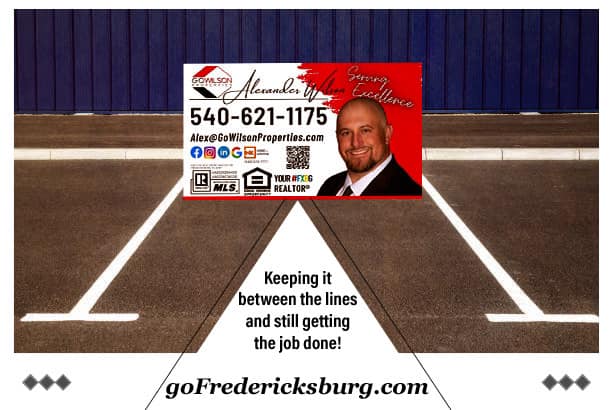In modern urban environments, one of the many etiquettes of driving — perhaps taken for granted — is the simple act of parking between the lines. But why does it matter? Beyond the initial frustration it causes others, there’s a more profound, and often overlooked, implication when we particularly encroach upon handicapped spaces. In this article, we will explore the critical importance of parking properly, especially in relation to handicapped parking spots.
1. Respect for Shared Spaces
Parking lots, like many public spaces, operate smoothly based on mutual respect. When a driver chooses not to park between the lines, they’re essentially claiming more than their allotted space. This action, whether done out of negligence or arrogance, disrupts the flow and capacity of parking lots. But this is not just about space — it’s about respect for one’s community and the rules that are set in place to ensure fairness and order.
2. The Grave Implication of Blocking Handicapped Spaces
Blocking or encroaching upon a handicapped space has consequences far beyond mere inconvenience:
Limited Mobility: For those with disabilities, the location and width of handicapped parking spots are designed intentionally. These spots are typically closer to the entrance and have additional space to accommodate wheelchairs, walkers, and other mobility aids. By blocking these spaces, we may be significantly hindering someone’s ability to access basic amenities.

Safety Concerns: The extra space in handicapped spots also ensures the safety of those with disabilities. For instance, a person with a wheelchair might need the additional room to transfer safely from their vehicle. Blocking part of this space could force them to maneuver in a way that’s potentially hazardous.
Legal Implications: Most regions have legal penalties, including fines, for wrongly parking in or obstructing handicapped spaces. This reflects society’s understanding of how crucial these spaces are.
3. The Message We Send
Beyond the practical implications, there’s a symbolic dimension. By neglecting to park properly, especially in handicapped spaces, we send a message — albeit unintentionally — that we don’t value or respect the needs of everyone in our community. It speaks to a broader societal issue where, sometimes, convenience is prioritized over empathy and understanding.
4. What Can We Do?
Self-awareness and Diligence: Always be mindful when parking. Ensure that you’re within the lines and not encroaching upon spaces designated for those with disabilities.
Educate and Advocate: If you notice a friend or family member not parking correctly, kindly point it out. Encourage businesses and local municipalities to have clear signage and penalties for violations.
Support Technological Innovations: With the rise of smart cities and tech, there are apps and devices that can notify drivers when they’re not parked correctly, or even automatically guide cars into spots without error.
Parking between the lines might seem like a small act, but it’s a reflection of our values, our respect for shared spaces, and our empathy for those with different needs. The onus is on all of us to recognize the gravity of blocking handicapped spaces and to take steps to ensure that everyone, regardless of their physical abilities, can access public spaces safely and comfortably.

